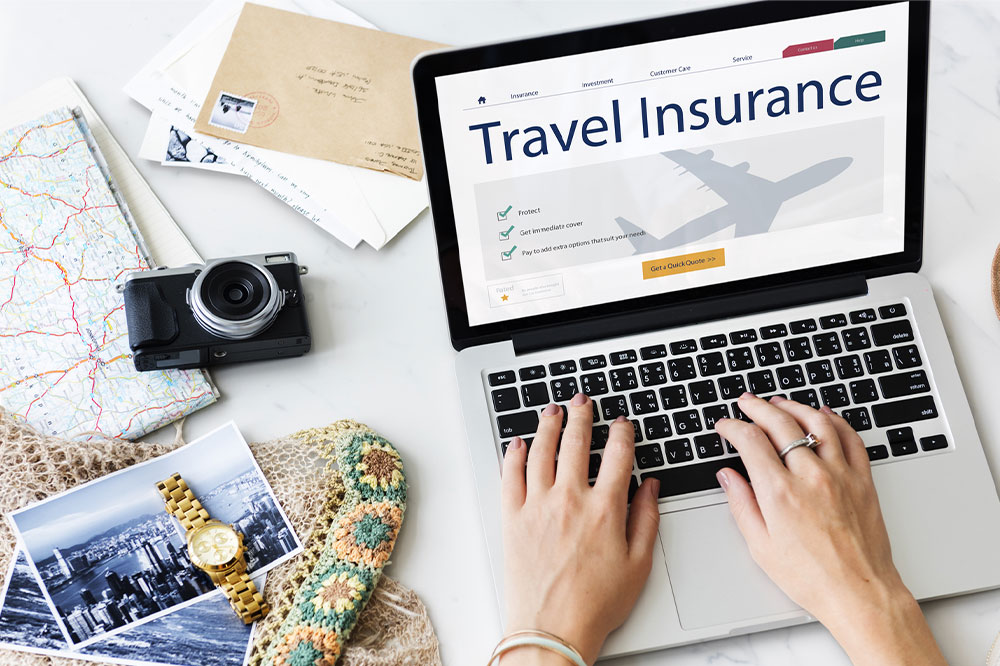
6 travel insurance mistakes to avoid when holidaying abroad
Travel insurance is a must for those who are planning a trip. It helps safeguard trip expenses from unforeseen issues that may arise during a vacation. Certain mistakes can undermine the effectiveness and scope of a travel insurance policy, preventing travelers from getting the full benefits of insurance policies. It is crucial to know what these mistakes are so that one can fully avail themselves of the benefits of travel insurance.
1. Choosing the cheapest or most convenient policy
It is common practice for people to take the option that is within their easiest reach, which is why many travelers who are going to travel abroad tend to rely on their credit card coverage for all members for the entire holiday. Many people also assume that the coverage includes medical travel expenses as well. In most cases, the coverage is woefully limited, especially for international travel, and medical expenses are not covered by it.
People may also gravitate towards the cheapest travel insurance policies to save on premium costs. These policies have very limited coverage in terms of distance and monetary amount.
To avoid these problems, people need to check the scope of an insurance policy before buying it. Also, it makes sense for those traveling abroad to buy premium or expensive insurance policies, as they come with maximum coverage.
2. Waiting until the last minute to buy a policy
Several research studies have found that about 25% of travelers buy a travel insurance policy in the same week leading up to their trip abroad. What’s more , many travelers buy policies on the same day of the commencement of their trip. Last-minute policy purchases do not provide extensive coverage for all travel needs abroad. Many insurance providers do not offer cancellation coverage when a policy is purchased mere hours before the policyholder is about to set foot on their flight. Some insurance providers may not cover medical coverage for pre-existing health conditions.
The trick is not to purchase insurance policies weeks or months before a trip. One must check their destination and other factors before zeroing in on the perfect time to purchase a travel insurance policy for a future trip outside the country. This way, one will get perfect coverage and zero worries on the medical emergency front.
3. Purchasing a policy after reaching the destination country
This is an extreme version of the earlier point. Some people go the full distance and are late policy purchasers; they buy travel insurance right when they are at their foreign destination. This tends to be a mistake with major consequences, as policies purchased so late are likely to be void and, in the worst possible cases, make travelers unable to claim if they need financial coverage during the holiday trip abroad. Also, the cost of these policies can be quite high, and their coverage scope will be middling to low. When one adds currency exchange rates, the costs escalate even further.
As suggested earlier, travelers must purchase their policies well before their trip. This is doubly important for foreign trips due to the time and money factors that come into the picture. On domestic trips, one might even get away with doing this occasionally. On foreign trips, purchasing policies too late simply results in too much waste of one’s time and money. These two resources would otherwise be spent on the travelers’ enjoyment of their incredible foreign holiday.
4. Not declaring pre-existing health conditions
Th ere is a reason why insurance companies have a section in their application forms about policyholders’ pre-existing medical conditions. If someone is fresh from surgery or recently diagnosed with a condition like diabetes, then the insurer is less likely to cover the medical expenses of a traveler during an overseas trip.
People with pre-existing conditions need to inform their insurance provider about them as soon as possible. This removes an element of surprise from the entire exercise, especially for the insurance provider. The best and fastest way to convey this information is via email. Insurance providers may suggest people pay for add-ons to increase the scope of a policy’s coverage. In this way, travelers may get coverage for their travel medical expenses even when living with pre-existing health conditions.
5. Crossing policy boundaries
Travel insurance policies come with certain restrictions, meaning that they do not cover specific activities during a holiday abroad. For example, some travel insurance policies for holidays abroad do not cover the costs of sporting and leisure activities like cycling, kayaking, water sports, skiing, and others. People need to pay for add-ons that provide added coverage on their policies before going to such events. Crossing policy boundaries results only in people losing out on money.
6. Buying policies for too-short trips
Most short trips that last less than a day or are for extremely short distances do not fall under the coverage scope of travel insurance policies. Therefore, people should purchase policies that cover these short-time and short-distance trips. Doing so enables them to not lose money or resources, even for the shortest holiday trips taken either domestically or abroad for work purposes or personal holiday purposes.


